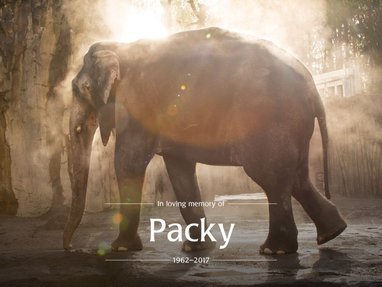
I had the honor of writing and officiating a memorial service for Packy, attended on a rain-soaked Saturday morning by 500 and viewed, via live-stream and since, by more than 73,000. (Scroll down for a video link and the printed memorial program.)
While Packy's pachyderm family filled the neighboring yard, Packy was honored with a Rose Ceremony led by the Royal Rosarians to Beethoven funeral music performed by the trombone section of the Oregon Symphony. Longtime TV news personality Tracy Barry and the Zoo's elephant curator Bob Lee - Packy's lead caregiver for 17 years - brought tears to many cheeks as they eulogized their old friend. Thomas Lauderdale, of the internationally acclaimed ensemble Pink Martini, performed an original new composition for Packy and led a rousing musical finalé of the folk classic Green, Green.
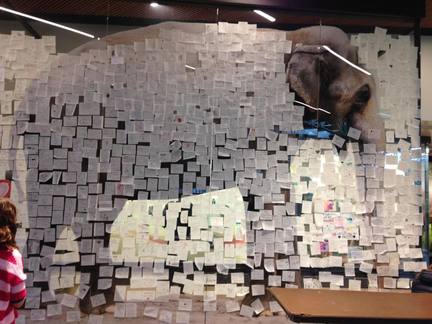 Love notes covering a life-size photo of Packy
Love notes covering a life-size photo of Packy As The Oregonian reported: "even in death, Packy continued teaching lessons." One dad who brought his two young daughters "saw it as a gentle way to introduce his young ones to the idea of mortality. 'It was a rare opportunity to introduce them to the concept of death in this kind of setting,' he said. 'It was a very tasteful ceremony.'"
We’re joined today in our tears and our tributes by tens of thousands around the region and across the world who have been sharing their favorite Packy stories on-line.
Everyone has a story about Packy. The older among us remember his birth, like Joyce Ritter who was in the 5th grade and called the first elephant born in the Western Hemisphere in 44 years, “the biggest news ever”. She says, “When you were a kid growing up in Eastern Oregon, you dreamed about the day you could go to Portland to visit Packy.”
For nearly 55 years Packy inspired millions of children and adults to learn about elephant and animal conservation – a critical mission, with as few as 40,000 Asian elephants remaining in their rapidly vanishing native range. And it’s not just we, his adoring public, who learned from Packy. Conservation scientists attribute much of what we now know about elephant care to Packy. The list of discoveries is as long as his trunk, including breakthroughs that are helping to reduce human-elephant conflict in Asia.
With songs, books, Rose Parade floats, and even a beer named after him, Packy has been synonymous with Portland for more than half a century. And so it was only fitting that the Royal Rosarians, the official greeters and ambassadors of goodwill for the City of Portland, claimed Packy as one of their own, knighting him on his 50th birthday as Sir Knight Packy.
The English poet John Donne called the elephant, “Nature's great masterpiece… the only harmless great thing.” As we begin our memorial program, let’s imagine ourselves watching Packy at play, release ourselves from the concerns of the world outside Elephant Lands, and focus our gratitude on the well-lived life of this beloved pachyderm.
* * *
This is the fourth ceremony I've been privileged to create with the caring stewards at the Oregon Zoo. See also Elephants Never Forget (the dedication of their new habitat), Honoring Cultural Survival (the rededication of two historic totem poles), and A Place of Honor (the reinterment of remains of residents of the old county poor farm).


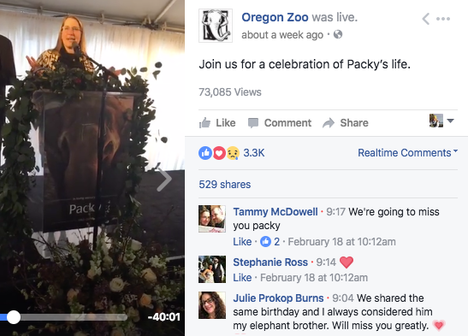
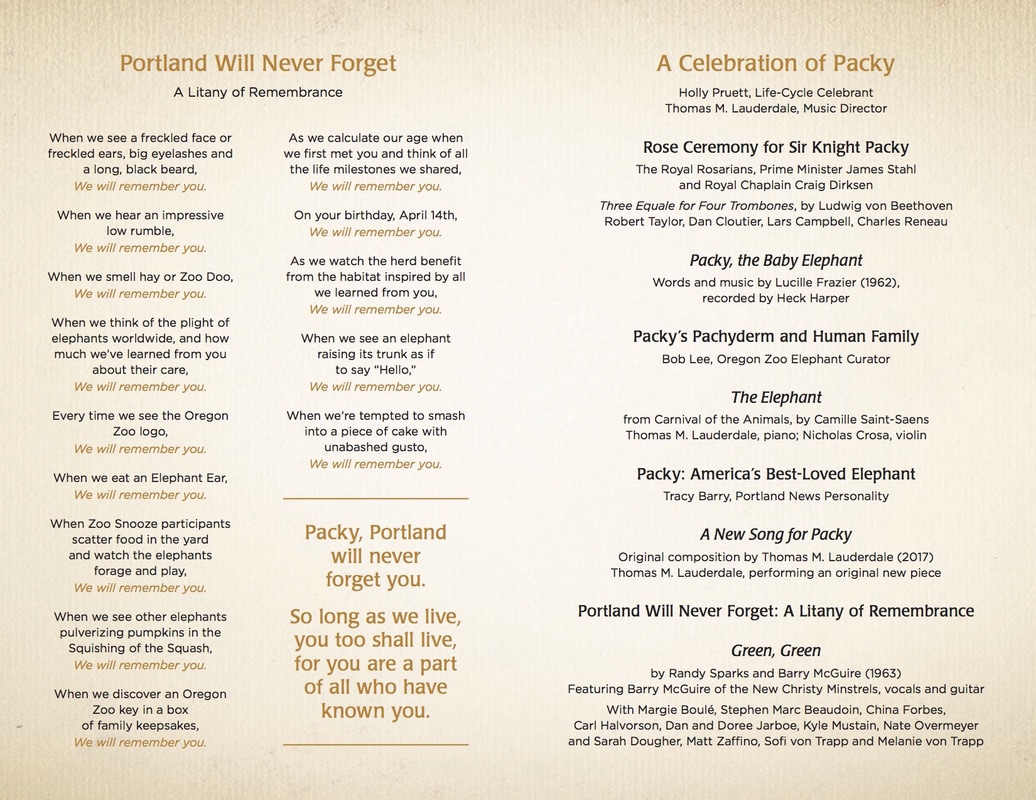

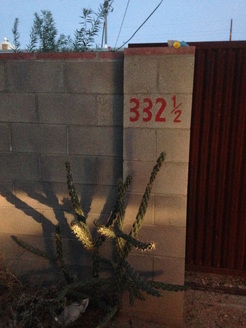
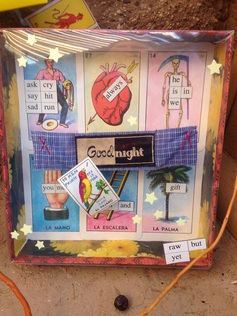
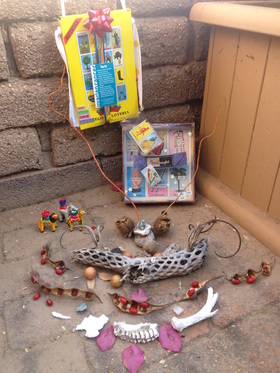
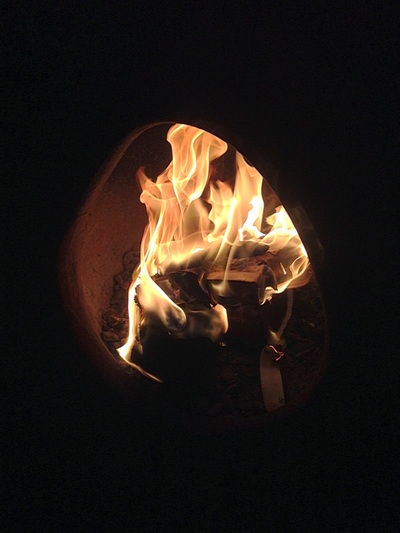
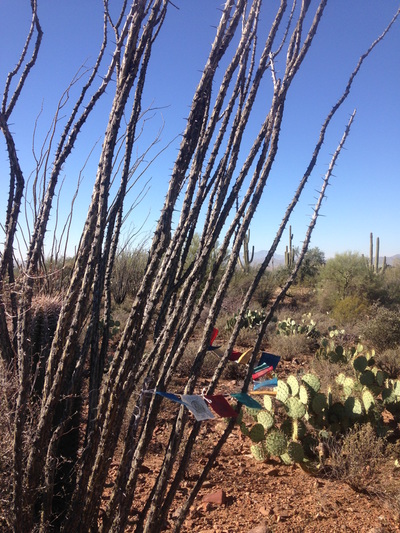
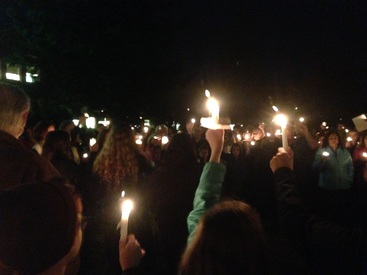
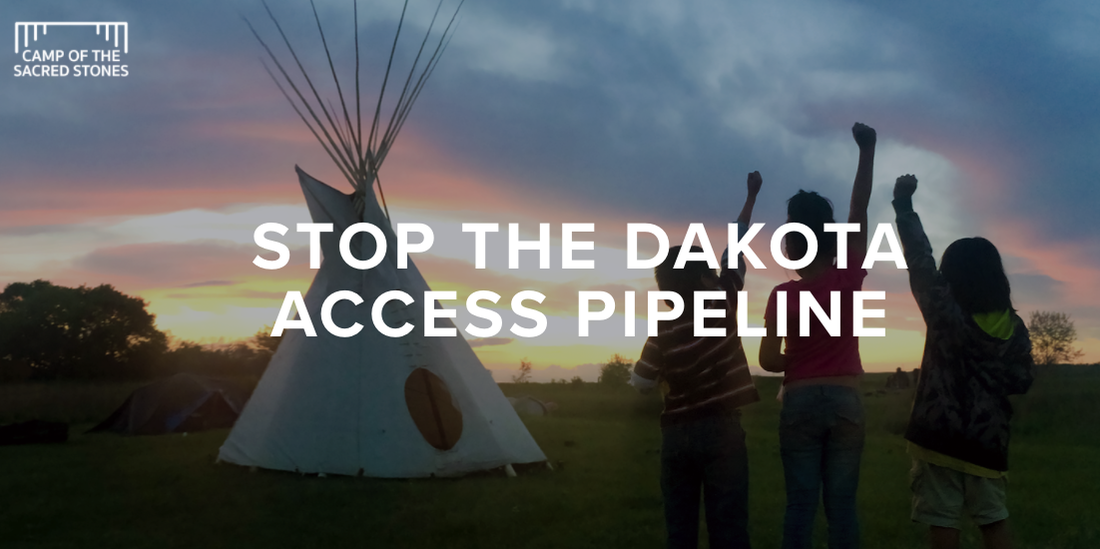
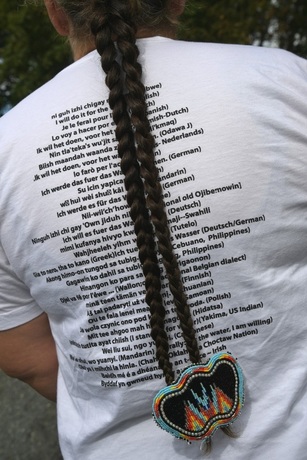
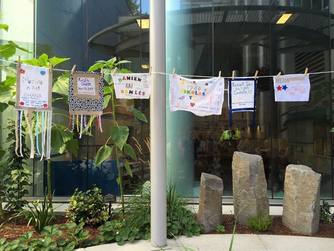
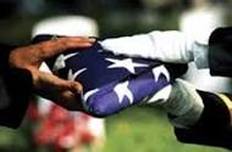
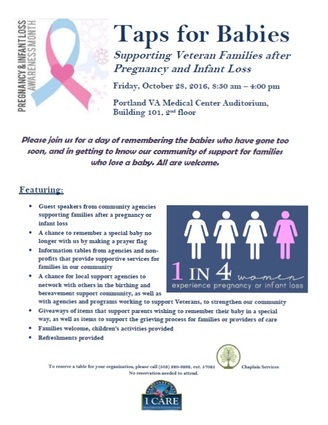
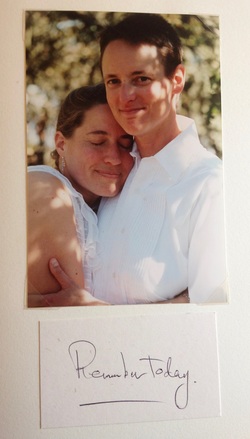
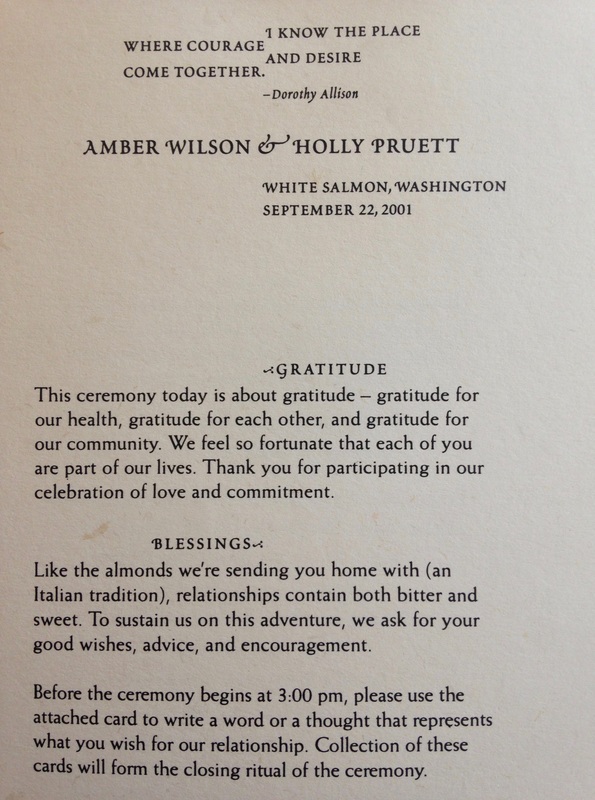
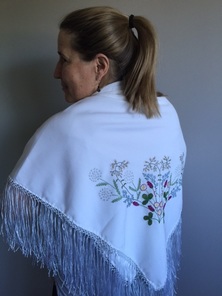
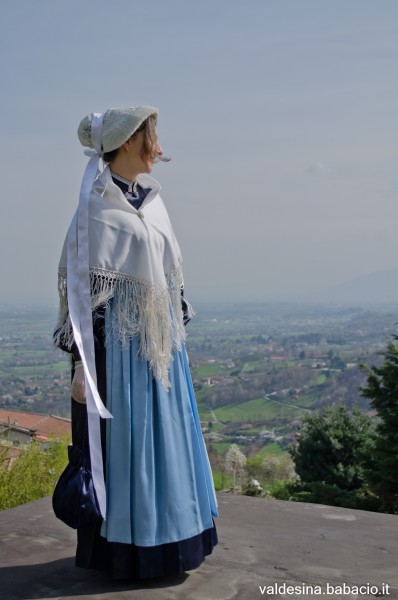
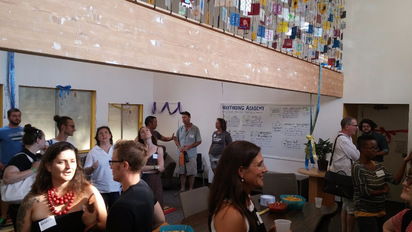
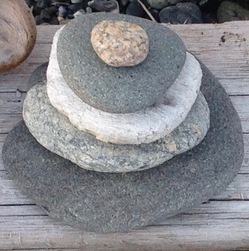
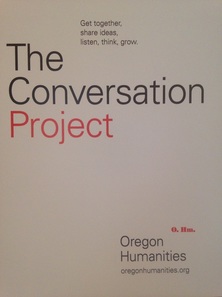
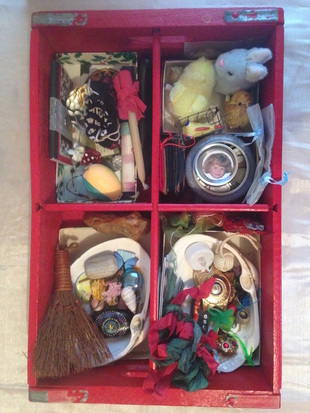
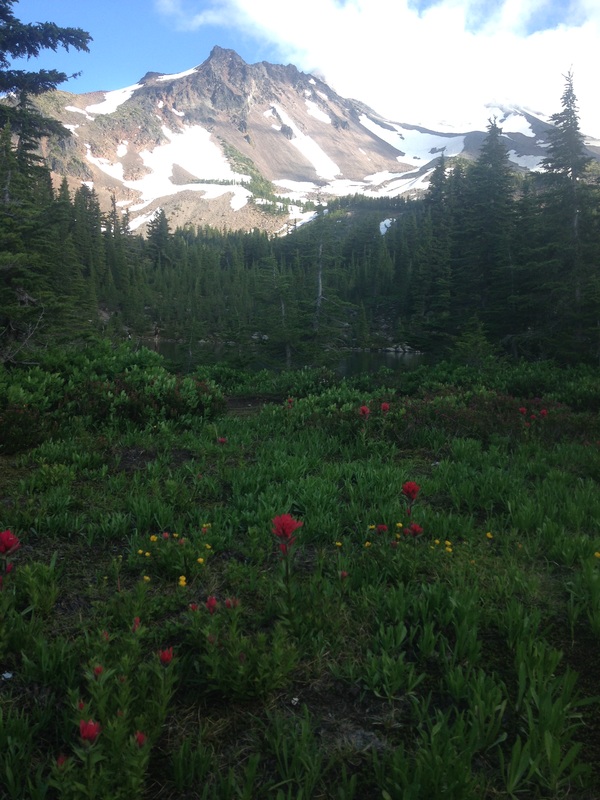
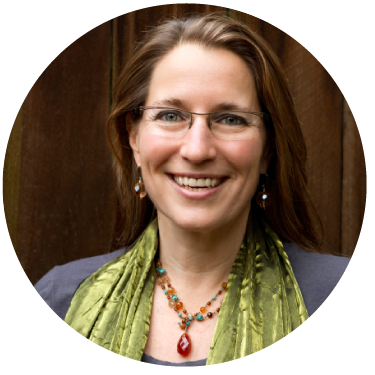
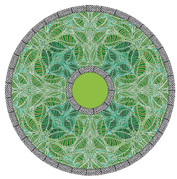
 RSS Feed
RSS Feed